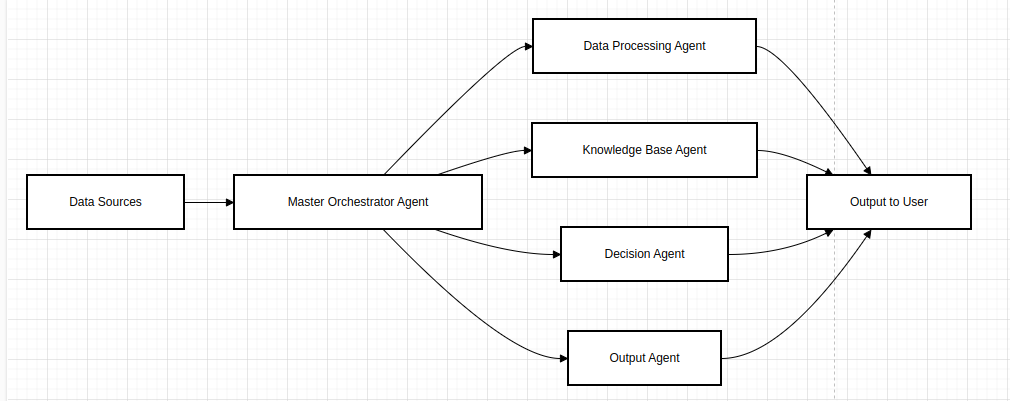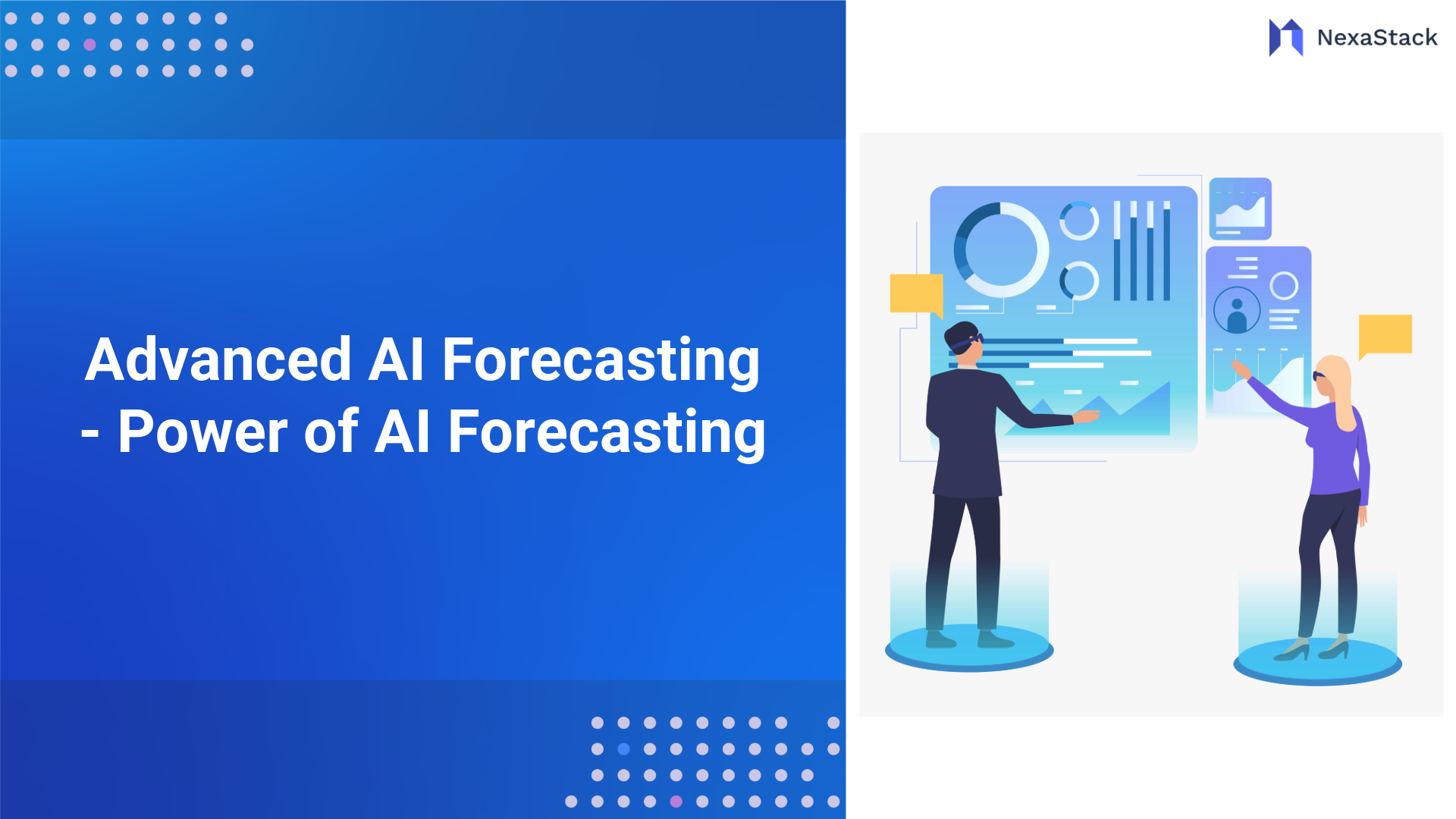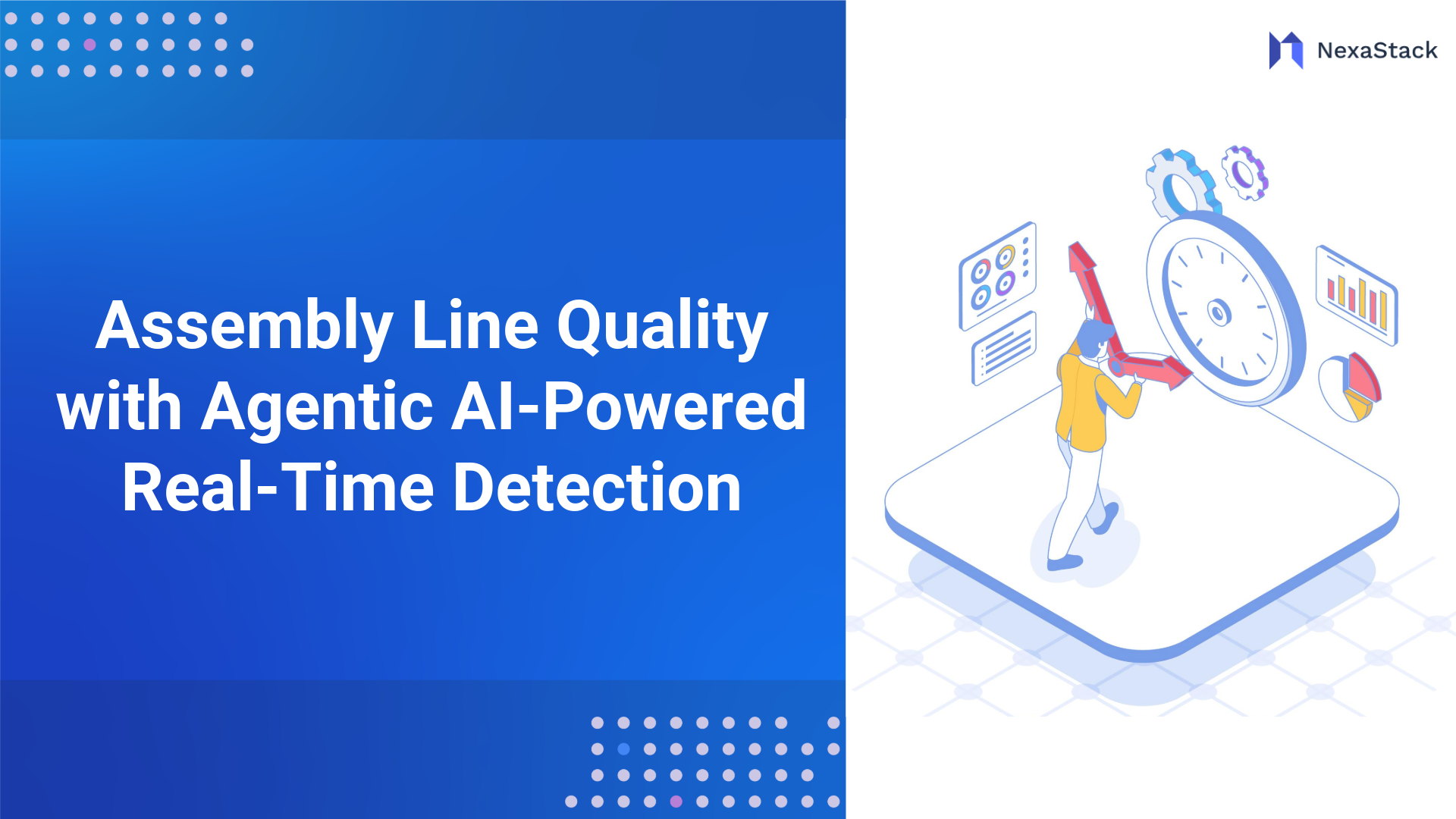In an age where data is generated faster than decisions are made, the true advantage lies not in having information but in extracting real-time, actionable insights from it. This is where Intelligent Query Systems (IQS) are reshaping the competitive landscape. Unlike traditional querying tools that require manual input and static logic, IQS leverages AI, machine learning, and natural language processing to instantly deliver context-aware, adaptive, and highly precise responses to complex queries.
Think of it as going from “search and wait” to “ask and know.” Whether a business leader wants to identify sales anomalies across regions or a customer support manager needs a breakdown of sentiment trends, IQS empowers them to get accurate insights without technical friction. These systems understand the intent behind a query and optimize data traversal, drawing from structured and unstructured sources to generate refined, decision-ready outputs.
The impact is profound: faster time-to-insight, fewer bottlenecks, and smarter business actions. As industries shift toward real-time decision intelligence, IQS is critical in enabling self-service analytics, improving data accessibility for non-technical users, and bridging the gap between raw data and strategic execution.
From banking and healthcare to e-commerce and manufacturing, organisations that adopt intelligent query systems gain a decisive edge, transforming data chaos into clarity and uncertainty into action.
As we dive deeper, this article will unpack the core capabilities of Intelligent Query Systems, explore real-world use cases, and explain how they’re redefining decision-making across the modern enterprise.
Introduction to Intelligent Query Systems
Intelligent Query Systems are advanced data query platforms that allow users to interact with data repositories using natural language. Unlike traditional systems that require structured query languages (SQL) or pre-built dashboards, IQS interprets human intent and provides contextual responses.
Core Capabilities:
-
Natural Language Processing (NLP): Translates human language into machine-readable instructions.
-
Semantic Understanding: Understands the context and relationships between business entities.
-
Machine Learning: Continuously learns from interactions, improving over time.
-
Context Awareness: Remembers previous queries and user preferences to refine results.
IQS bridges the gap between data complexity and user comprehension, making data accessible across an organization.
Importance of Intelligent Query Systems in Modern Data Workflows
Modern enterprises operate in a fast-paced environment where decisions must be timely and data-backed. However, data silos, lack of technical expertise, and latency in traditional BI tools delay this process. IQS addresses these pain points.
Key Business Impacts:
-
Democratized Data Access: Enables employees at all levels to perform data exploration.
-
Increased Decision Speed: Delivers answers instantly, reducing time-to-insight.
-
Improved Decision Quality: Suggests the most relevant and contextual data points.
-
Operational Efficiency: Minimises back-and-forth between departments for report generation.
Companies that embed IQS within their workflows experience more agile decision-making, better cross-functional collaboration, and reduced dependency on IT and data teams.
Use Cases of Intelligent Query Systems
IQS has broad applicability across industries. Here’s how various sectors leverage their capabilities:
Finance and Banking:
-
Fraud Detection: Real-time querying of transactions to flag unusual patterns.
-
Risk Assessment: Dynamic borrower profiles, credit scores, and market indicators analysis.
-
Portfolio Management: Instant comparisons of asset performance based on user queries.
Healthcare:
-
Clinical Analytics: Identify patient cohorts, treatment responses, and anomaly detection.
-
Medical Research: Query large datasets from clinical trials and publications using keywords.
-
Operational Monitoring: Staff utilization, inventory levels, and billing insights.
Retail and E-Commerce:
-
Sales Insights: Natural language queries like “Top selling products last month in Bangalore.”
-
Customer Segmentation: Interactive filtering based on demographics, location, or behaviour.
-
Inventory Optimization: Track stock levels, reorder points, and vendor performance.
Manufacturing:
-
Predictive Maintenance: Query machine logs and sensor data for early failure detection.
-
Supply Chain Tracking: Monitor real-time logistics data across multiple geographies.
-
Process Optimisation: Analyse production metrics to identify bottlenecks.
Working Mechanism of Intelligent Query Systems
IQS operates through a multi-layered architecture designed for scalability, speed, and accuracy.
Step-by-Step Breakdown:
-
User Input (Natural Language):
-
Intent Recognition:
-
Semantic Mapping:
-
Query Generation:
-
Data Retrieval:
-
Executes query across structured (SQL), semi-structured (JSON, XML), or unstructured (PDFs, logs) data sources.
-
Insight Delivery:
-
Results are visualized via charts, tables, or dashboards, often enhanced with AI-suggested insights like trends, anomalies, or projections.
System Architecture Overview
 Fig 1: Internal Workflow of an Agentic Intelligent Query System
Fig 1: Internal Workflow of an Agentic Intelligent Query System 1. Frontend Layer:
-
Conversational UI with chat, voice, and mobile interfaces.
-
Autocomplete and query recommendations.
2. Query Intelligence Engine:
-
NLP and semantic processing.
-
Machine learning for relevance ranking.
-
Knowledge graph integration for contextual understanding.
3. Backend Layer:
-
Data connectors for SQL, NoSQL, API, and cloud data lakes.
-
Caching and indexing for speed optimization.
-
Security protocols for access control and compliance.
4. AI Insight Layer:
-
Predictive analytics and trend forecasting.
-
Anomaly detection and explanation generation.
-
Feedback loop to refine model accuracy.
Key Challenges and Considerations
Despite their benefits, deploying IQS presents challenges:
-
Data Silos: Integrating fragmented data sources remains a technical and organizational challenge.
-
Query Ambiguity: NLP models must handle diverse phrasings and slang effectively.
-
Explainability: AI-driven insights must be transparent to ensure user trust.
-
Security & Compliance: Sensitive data requires strict controls and audit capabilities.
-
Change Management: User training and adoption play a crucial role in success.
Solutions include implementing a unified data strategy, investing in model training, and aligning deployment with business workflows.
Emerging Trends in Intelligent Query Systems
The evolution of IQS is tied to advancements in AI and human-computer interaction.
1. Conversational AI Integration:
Voice-based querying and chatbots will become mainstream, especially in mobile and embedded systems.
2. Agentic AI:
AI agents will autonomously ask follow-up questions, recommend actions, and initiate workflows.
3. Multilingual and Multimodal IQS:
Support for regional languages, image-based data querying, and AR/VR interfaces will enhance accessibility.
4. Generative Analytics:
Auto-generation of reports, summaries, and dashboards using generative AI tools.
5. Federated Search:
Querying data across decentralised, privacy-preserving architectures without moving data.

Figure 2: Modular Agentic Architecture for Scalable Query Systems
Key Takeaways on Intelligent Query Systems
Businesses now use Intelligent Query Systems as a transformative instrument to improve their decision-making practice and client engagement. Organisations obtain modern analytical tools through IQS by blending artificial intelligence with machine learning and agent technologies to handle complicated requests and supply live, precise findings. Ribbons Information Systems allows extraordinary customer interactions while enhancing operational choices, bringing superior expansion possibilities that are not feasible through conventional methods.
A successful implementation of IQS depends on defined strategies together with necessary technological infrastructure and protective security systems. Businesses that implement their information correctly can extract substantial data value, which enables them to provide specialised services and speed up their accurate decision-making journeys. The digital age requires organisations to scale and adapt, along with IQS being essential for achieving the decision superiority needed to stay competitively active.






